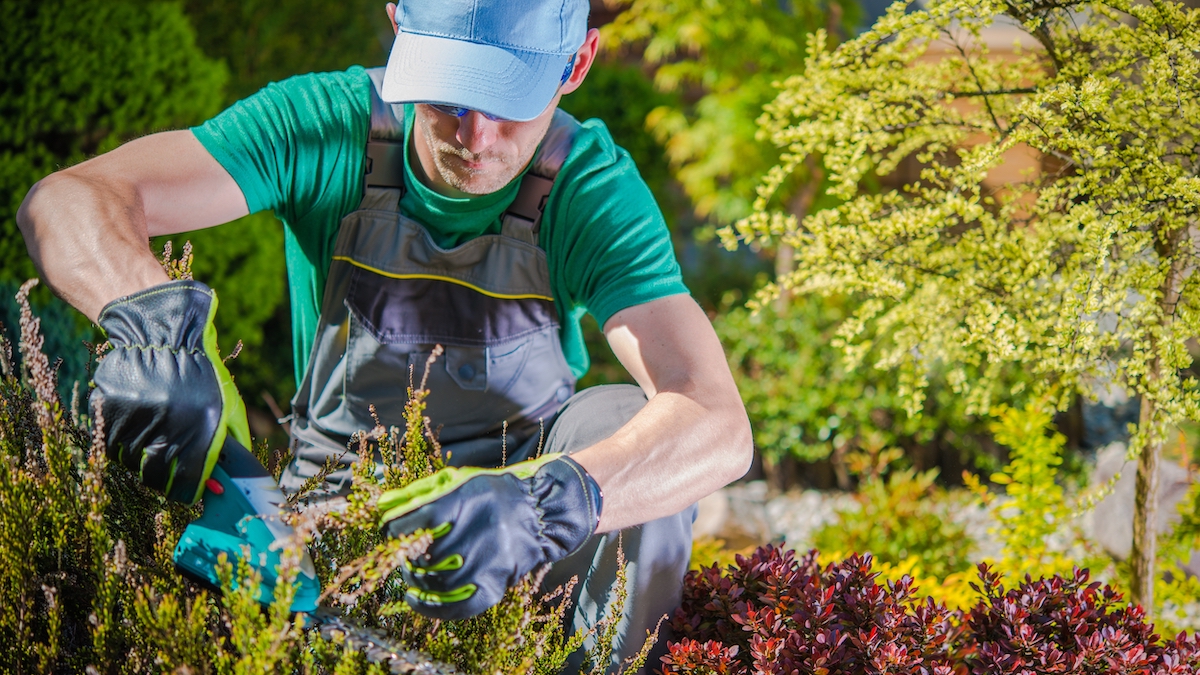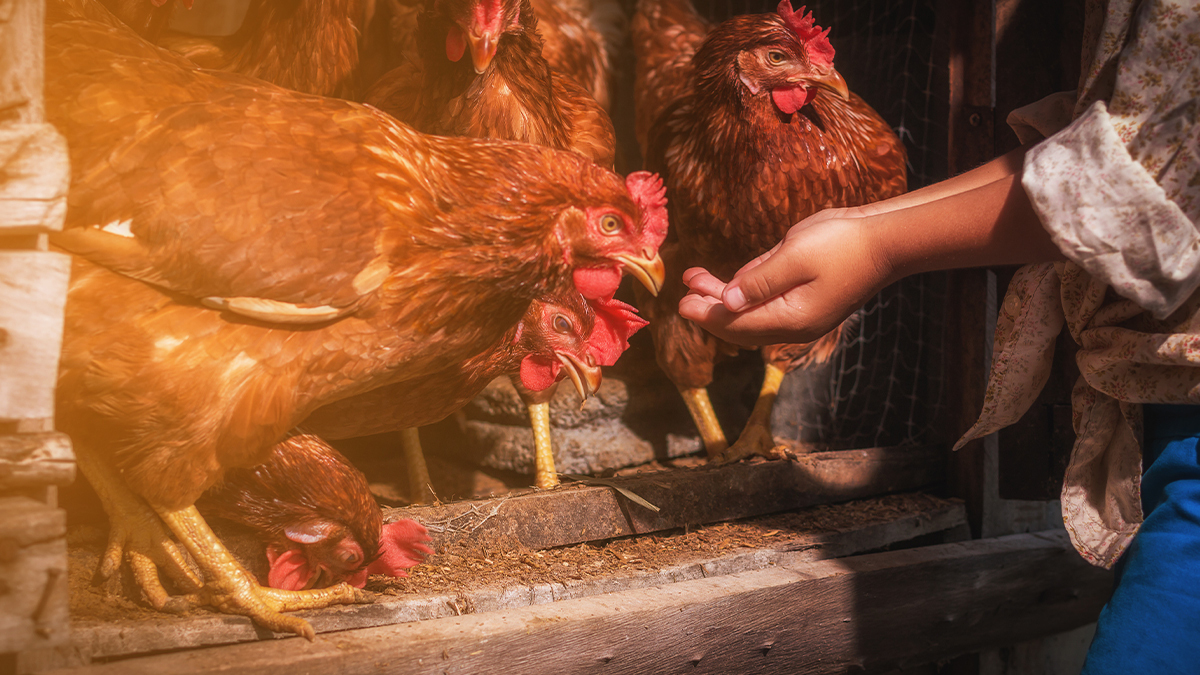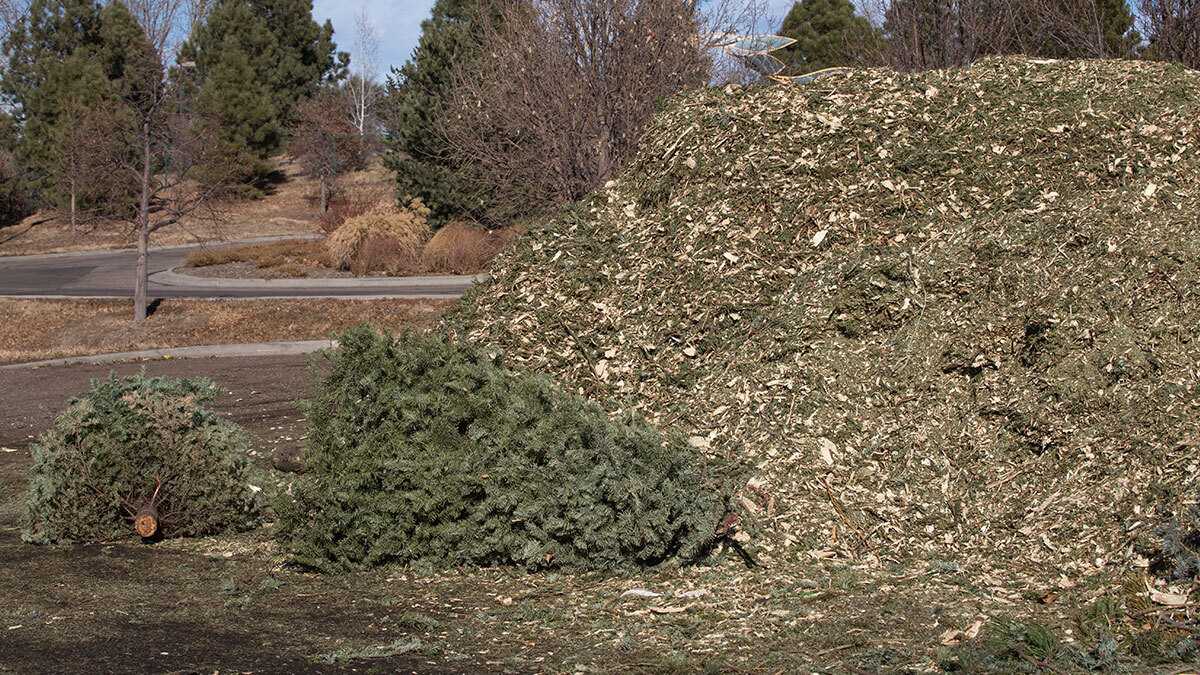on
Becoming self-sufficient begins with growing your own food. If you are at the beginning of your homesteading journey, you likely have a lot of questions about how to begin, such as what experts mean by sun mapping your property.
The first thing to know is that anyone can grow their own food. It doesn’t require a green thumb.
What it does require is planning.
Fortunately, it is easier than ever before to plan a garden using sun mapping and companion plants. There are even apps for it!
Whether you are a beginner gardener or you are researching new ways to build a garden, you’ve come to the right place.
Today, we are breaking down sun mapping and companion plants so that it is easy enough, even for those with so-called black thumbs.
What Is Sun Mapping?
Sun mapping is simply a map of the sun’s presence around your property.
It’s not a complicated science. But it does require carefully observing your yard at different times of the day (and in different seasons) to see which areas have full sun, partial sun, or full shade.
Why Sun Mapping Is Important
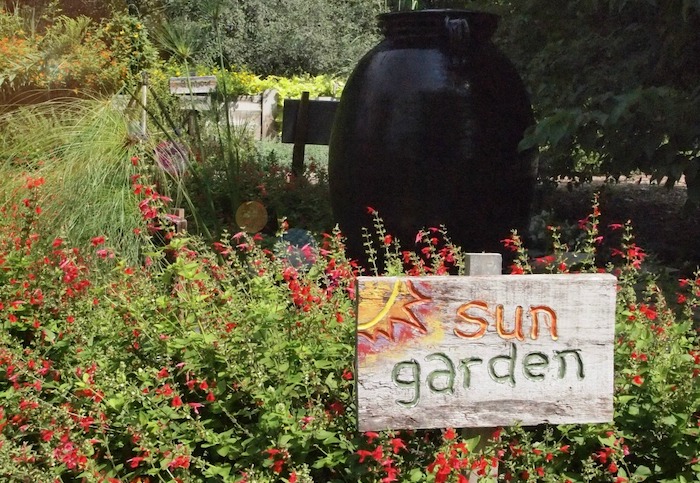
Sun mapping is a simple concept that is extremely important when it comes to gardening.
How well your plants grow (or live or die) largely depends on where they are planted.
Different plants have different light requirements, such as sun, shade, or part-shade/part-sun.
Plant labels list the light requirements, like these:
- Full sun = at least 6 hours of direct sun daily
- Part Sun/Part Shade = 4-6 hours of direct sun daily
- Full shade = less than 4 hours of direct sun daily
Plants placed in areas with too much or too little sun exposure will not grow as they should. Instead, they may burn up, become stunted, or experience distorted growth.
This is why sun mapping is so important.
Sun mapping your garden ensures you place the right plants in the right location for proper sun exposure.
It provides a visual of your property so you can choose where to plant and where to build. For instance, you don’t want to build your chicken coop in a prime spot for your vegetable garden.
When to Sun Map
The key to sun mapping your property is to do it at the optimal time.
That means doing it on sunny days!
You should avoid doing it during winter or early spring when the leaves are missing from the trees.
You may map an area of your property as full sun that actually becomes partially shaded when the leaves return.
Similarly, you need to map the property at different times of the day in different seasons.
Garden Fundamentals explains, “As you move away from the equator, the point at which the sun rises is different throughout the year. The location at midday also changes. In my garden, the sun is almost overhead at noon in the summer, but it’s much nearer the horizon in winter. This seasonal change means that shadow lines also move as the seasons change.”
Additionally, you should perform sun mapping multiple times a day to see how the shadows change, such as 9:00 a.m., 12:00 p.m., 3:00 p.m., and 6:00 p.m.
How to Sun Map Your Property
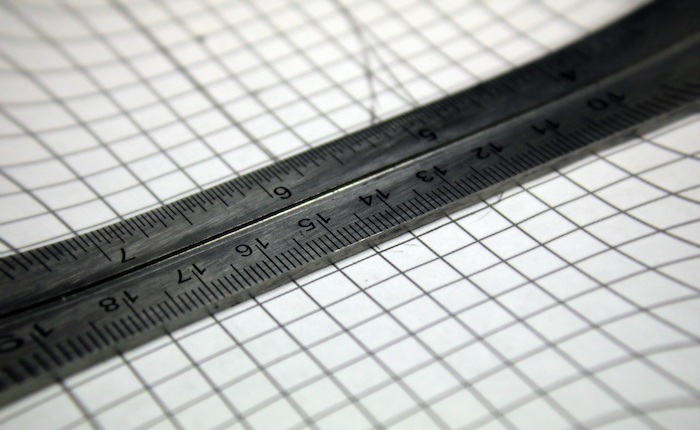
Sun mapping is not complicated. Anyone can do it!
In fact, you can use it as a fun at-home science lesson with your kids.
You don’t have to be an artist. It would be best if you used simple shades instead of detailed artwork.
SUPPLIES
- Graph paper or blank unlined paper
- Pencil and eraser
- Ruler
- Colored pencils or highlighters
INSTRUCTIONS
- Gather your supplies.
- On your paper, draw your property from a bird’s eye view. Try to draw your house and other buildings to scale. Also, draw driveways, walkways, fences, trees, and landscaped areas.
- Make multiple copies of the blank map.
- Take one of your maps and observe your property.
- Using your observation, draw in shadow lines. Make a note of the time.
- Repeat this observation and shadow-drawing process multiple times on clean maps.
- Once you have multiple copies, compare them to determine which sections of your property are full sun, partly sunny, and full shade.
TIPS
- If multiple maps show the same area as sunny, mark it as full sun.
- If multiple maps show the same area as shady, mark it as full shade.
- If it is neither mostly sunny or shady, mark it as part sun/part shade.
- If you want to get fancy, use different colored pencils or highlighters to shade the different sections of your sun map (such as yellow for full sun and blue for full shade).
Once the sun map is complete, use it to plan your gardens and landscaping according to your plant’s unique light requirements.
Pay Special Attention to Plant Requirements
The Old Farmers’ Almanac explains, “Some plants need full sun, others part shade, and others full shade. The amount of light that a plant requires is critical to its survival; many gardeners find that a plant is dying because it’s in the wrong location with too much sun or shade.”
Sun mapping helps you avoid this predicament.
However, sun mapping is not the only planning you need to do when building a garden.
The Old Farmers’ Almanac adds, “Here’s a little secret: It’s not just what you grow. It’s where you grow it—and the company it keeps. Grow the right plants together and you can reap benefits including better growth and reduced pests.”
You can do all the sun mapping in the world, but, if you don’t think carefully about what you are planting and where, your garden will fail.
This is because some plants will fight one another for nutrients, sunlight, and more.
Rather than have a garden battle, it’s wise to plan your garden using sun mapping AND companion plants.
[Related Read: Perennial Food Garden]
Why You Should Add Companion Plants
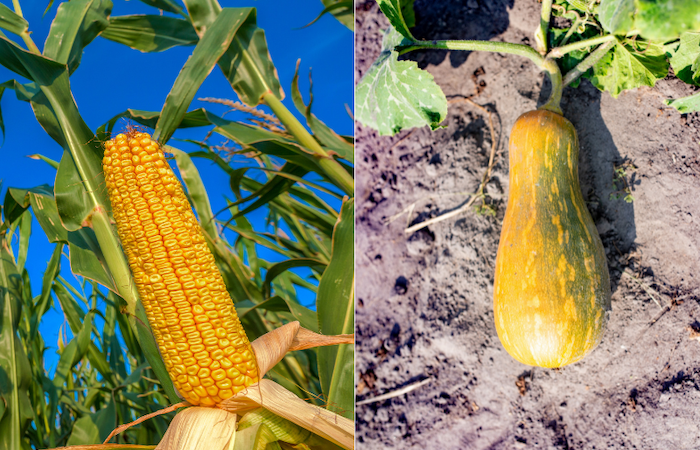
Companion planting refers to planting plants that work together. These plants partner together to yield better results than they would if they were paired with other plants.
According to the Old Farmers’ Almanac, “A familiar example of companion planting is the Three Sisters trio—maize, climbing beans, and winter squash—which were commonly planted together by various Native American communities due to the plants’ complementary natures: the tall corn supports climbing beans, the low-growing squash shades the ground to prevent moisture loss and its big, prickly leaves discourage weeds and pests; and the fast-growing beans are ‘nitrogen fixers’ which make nitrogen available to other plants.”
Here are some benefits of companion planting:
- Crop Protection – If you have plants needing shade in an area with full sun, adding a companion plant will act as a buffer for the sun and provide shade for the other plant.
- Positive Hosting – When you have a surplus of nectar, you’ll have more pollen-loving insects around to keep away other invasive pests.
- Trap Cropping – Have a good defense, such as planting a plant certain bugs hate next to one they love.
One common example of companion plants is tomato and basil. Basil repels the bugs that tend to love tomatoes. In contrast, you want to keep tomatoes away from potatoes because they can share diseases and pests.
Another example is planting marigolds and nasturtiums with your cucumbers to repel pests.
For more garden planning ideas, check out the Old Farmers’ Almanac for a Companion Planting Chart: 20 Common Vegetables.
Get access to premium content and more!
Why You Need Swales and How to Build One



